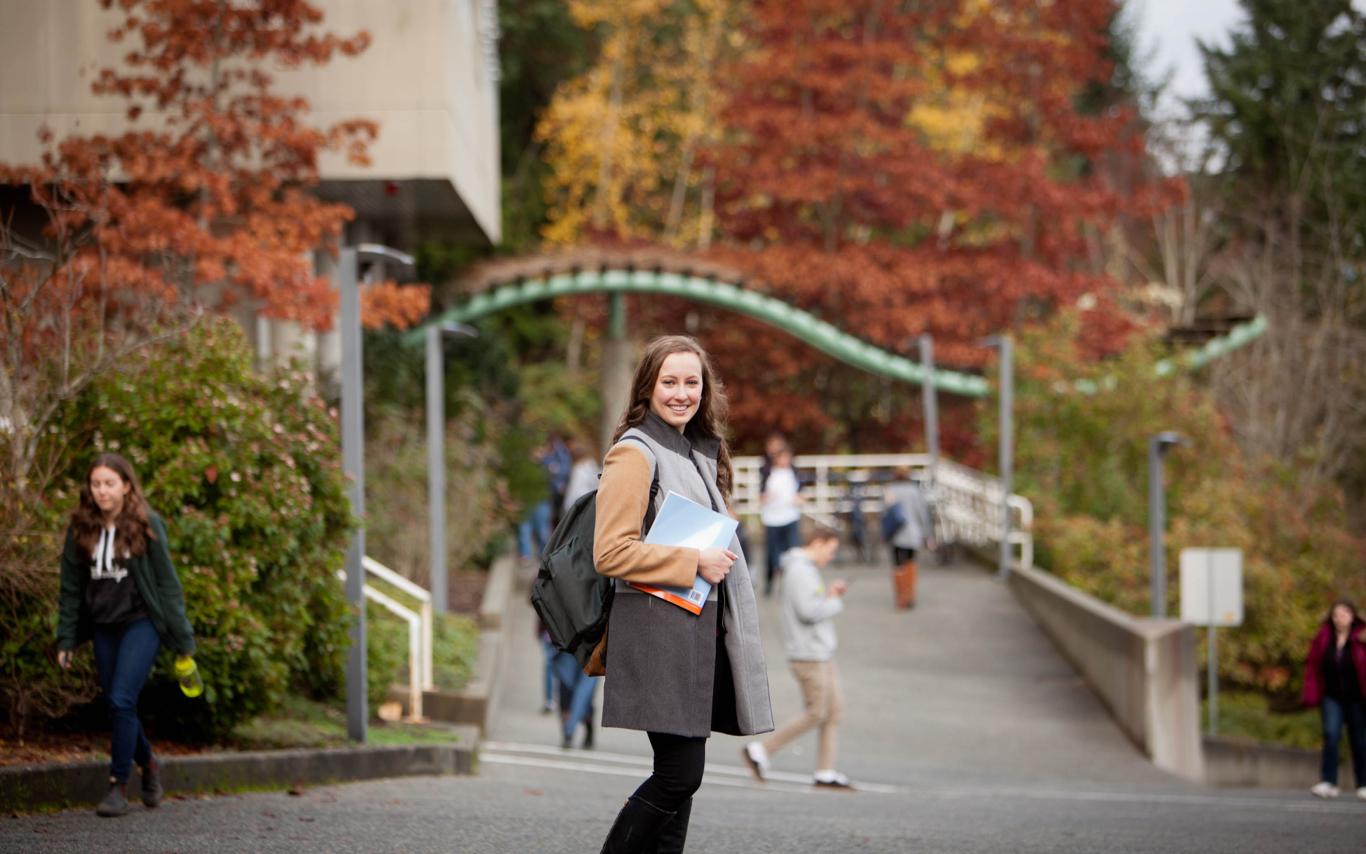(two years of full-time study)
Associate degrees are awarded to students who complete at least 60 credits of university program courses, and obtain an average overall grade of “C” (calculated on all courses counting toward the Associate degree), as well as meeting the additional requirements for each associate degree. Students who qualify for an associate degree must submit an application to graduate. Applications are available from your online student record. Further information about the application process can be found on Apply to Graduate.
Associate of Arts Degree
General Requirements
- 60 credits of first and second-year or higher level courses (minimum average overall grade of “C”).
- A minimum of 18 credits in Arts at the second-year or higher level that include courses in two or more subject areas.
Specific Requirements
- 6 credits in first-year English.
- 9 credits in Science, which must include 3 credits in Mathematics or Statistics or Computer Science, and 3 credits in a Laboratory Science.
- 36 credits in Arts, which must include 6 credits in the Social Sciences, 6 credits in Humanities (including the Creative and Performing Arts) other than English, and 24 additional credits in Arts.
- 9 credits in Arts, Science, or other areas.
Associate of Science Degree
General Requirements
- 60 credits of first and second-year or higher level courses (minimum average overall grade of “C”).
- A minimum of 18 credits in Science at the second-year or higher level that include courses in two or more subject areas.
Specific Requirements
- 6 credits in first-year English.
- 6 credits in Mathematics, which must include at least 3 credits in Calculus.
- 36 credits in Science, which must include at least 3 credits in a Laboratory Science.
- 6 credits in Arts other than English (excluding Mathematics and Laboratory-based Science courses).
- 6 credits in Arts, Science, or other areas.
Associate Degrees meet provincial requirements, and the following Definitions and Classifications apply to both the Arts and Science Associate Degrees; these are found on the BC Transfer Guide.
Definitions
- A course is defined by the subject for which transfer credit is granted at SFU or UBC or UNBC or UVic (refer to BC Transfer Guide).
- An Arts course is defined as any course in a subject area for which there is a Baccalaureate of Arts Degree at SFU or UBC or UNBC or UVic.
- A Science course is defined as any course in a subject area for which there is a Baccalaureate of Science Degree or Baccalaureate of Applied Science Degree at SFU or UBC or UNBC or UVic.
- A course in an “other” area is defined to be any course in a subject area for which there is a Baccalaureate Degree other than in Arts, Science, or Applied Science at SFU or UBC or UNBC or UVic.
- A first-year course is defined as a course that has assigned or unassigned transfer credit at the 100-level at SFU or UBC or UNBC or UVic.
- A second-year course is defined as a course that has assigned or unassigned transfer credit at the 200-level or higher at SFU or UBC or UNBC or UVic.
- A laboratory science is one in which a substantial component of student instruction involves the study of natural phenomena, either in the laboratory or in the field. Each institution granting the Associate Degree will determine which of its courses satisfy this requirement.
Classification of Courses for Associate Degrees
Social Sciences: Anthropology, Child & Youth Care, Criminology, Economics, Indigenous/Xwulmuxw Studies, Geography (Human), Global Studies, History1, Political Studies, Psychology, Sociology, Studies in Women and Gender1.
Humanities: Arts, Classics, Creative Writing, English, Indigenous/Xwulmuxw Studies, History1, Languages, Liberal Studies5, Linguistics, Music, Philosophy, Theatre, Studies in Women and Gender1.
Science: Astronomy, Biology, Chemistry, Computer Science2, Geography (Physical)3, Geology, Mathematics, Physics, Physical Education4.
Notes
- History, Indigenous/Xwulmuxw Studies, and Studies in Women and Gender courses can meet either Social Science or Humanities requirements.
- Computer Science courses do not meet laboratory science requirements.
- Physical Geography courses include: 211 and 212.
- Classification varies for Physical Education courses. See an advisor for further information.
- Liberal Studies 111 and 112 each count for 3 credits of English and 3 credits of Humanities; all other Liberal Studies courses count as Humanities.
Contact the Advising Centre for further Information 250.740.6410.

